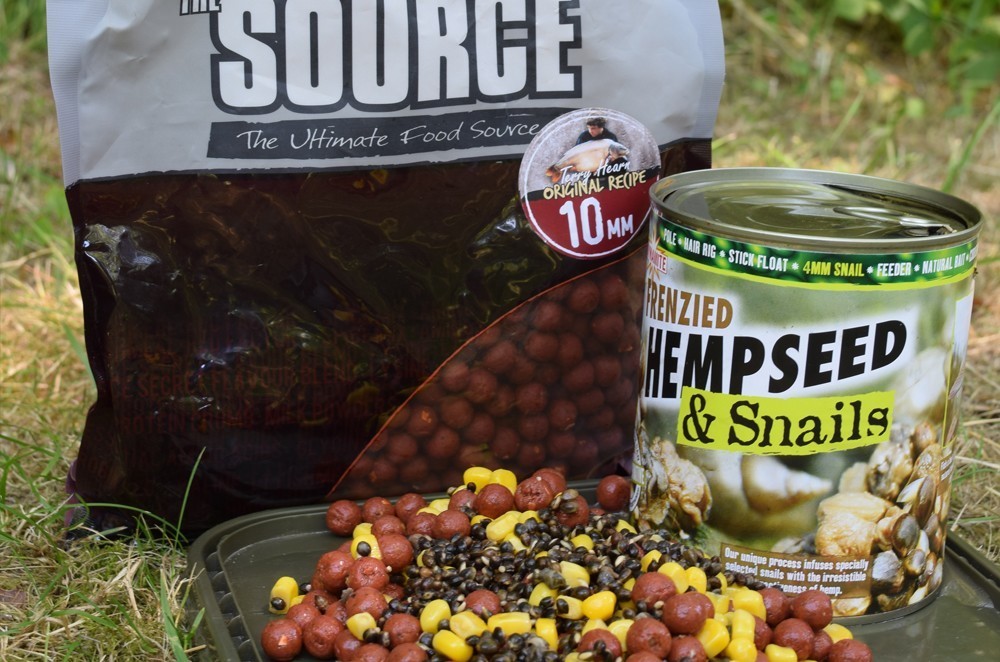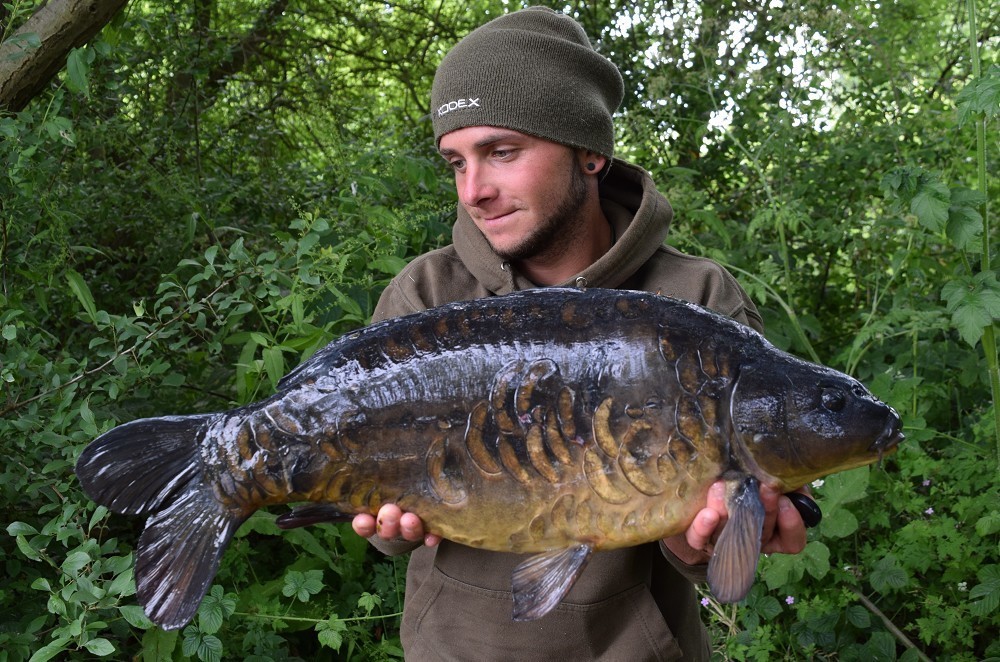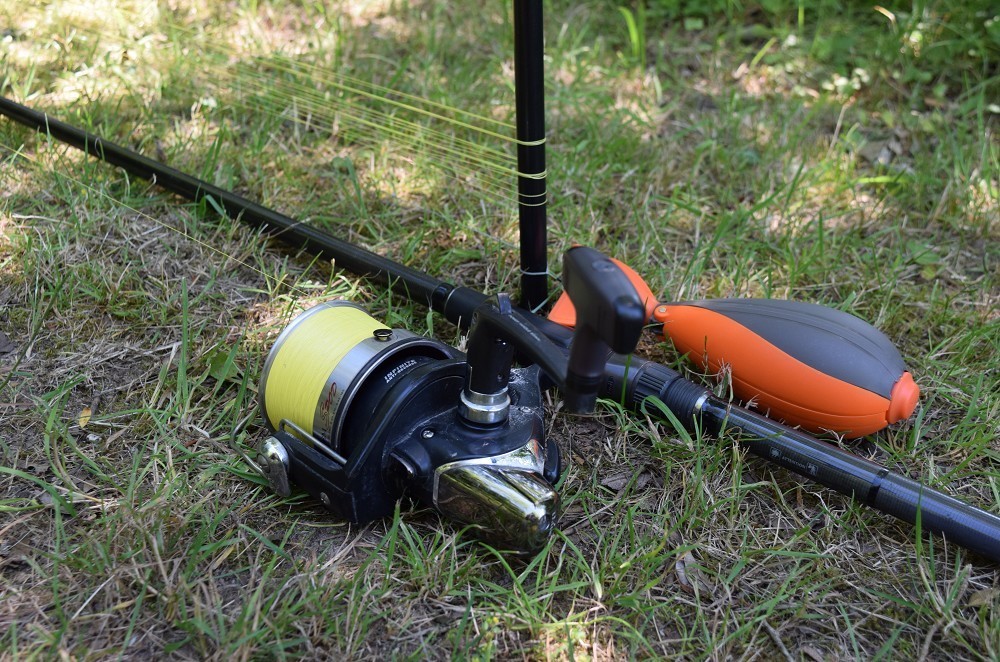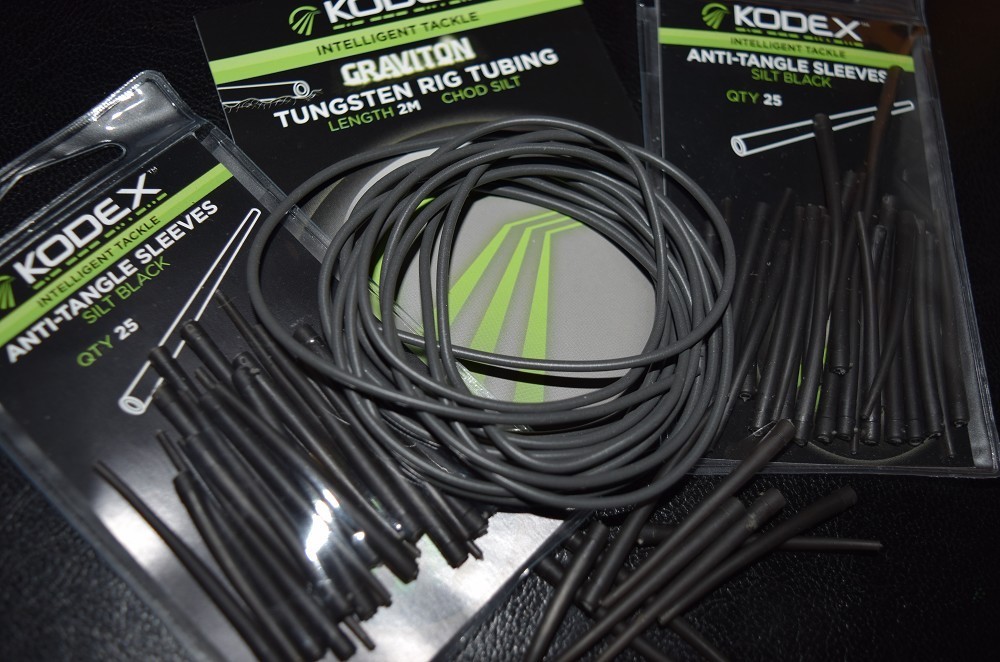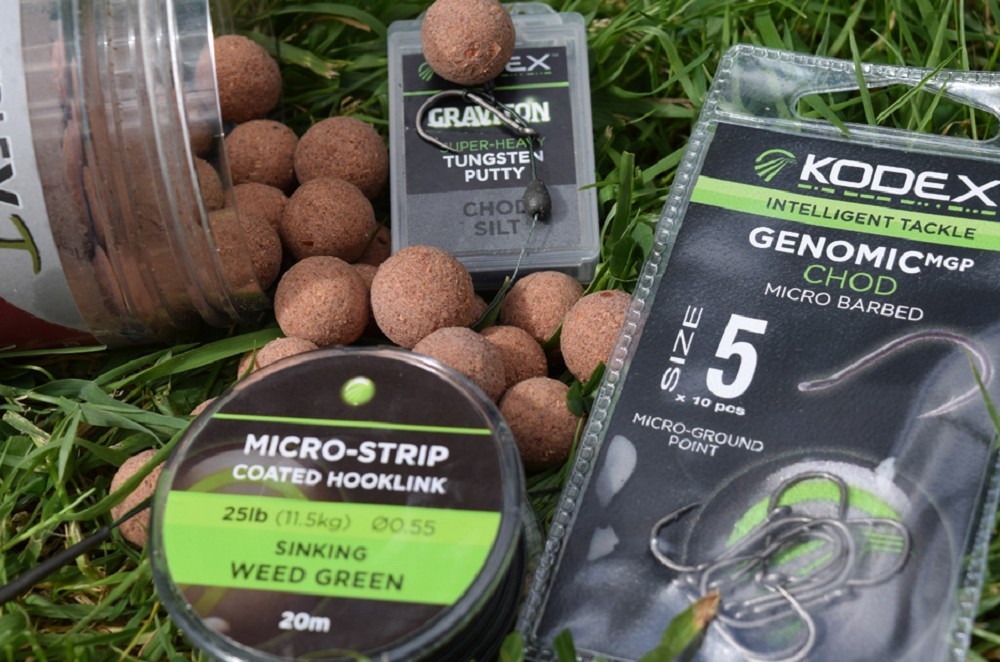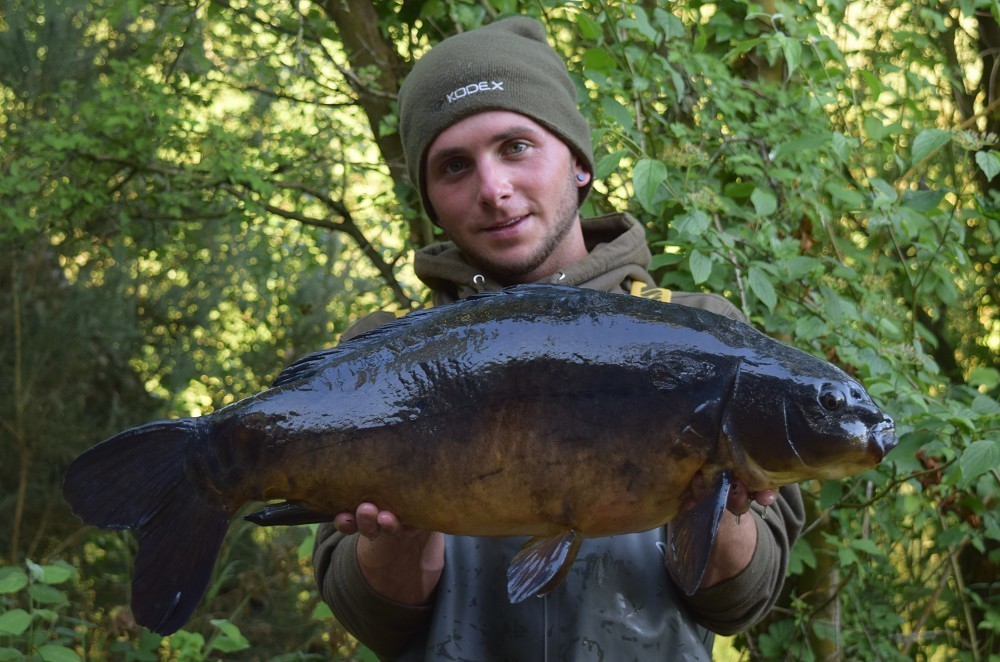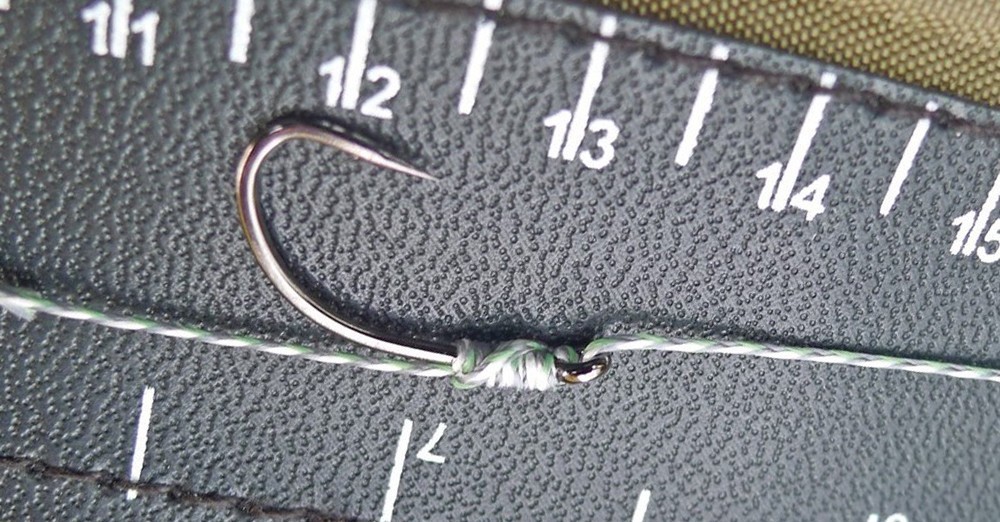
5 edges for ultimate accuracy
Kodex's Luke Vardy explains...
Accuracy has to be up there with one of the most important aspects of carp fishing; whether it’s fishing 3 rods on a spot, casting to far margins or casting to islands. Luke Vardy explains how he approaches his angling and what he does to maintain ultimate accuracy and precision every time…
Looking back to my match-fishing days, as a general rule of thumb when float fishing, the closer you sprayed maggots around your float the quicker you got bites. This needn’t be any different when fishing for carp; I have found that accuracy with my baiting and rig placement leads to a considerable rise in the number of bites and landed fish.
As a principle, I always say that you’re far better to fish shorter than your maximum casting ability with regard to distance. What I mean by this is that if you are able to cast a maximum of 80 yards, you’re far better off fishing 60/70 yards very accurately instead of having to put pressure on yourself and your tackle to hit 80 yards. Another thought to bear in mind is that if you have a change in wind direction and you have proceeded to bait up at 80 yards, then reaching it may become somewhat of a challenge due to the change of conditions.
Fishing accurately involves an accumulation of tackle and aids to make this possible. Which leads me to explain the tackle and edges I use to ensure I am fishing 100% accurately every time.
1. Line Clips
Most reels have them, and what a great tool they are. This piece of kit allows you to set your line at a certain distance when leaving your spool. It’s the simple case of finding your acquired distance and wrapping your line around the clip to suit. This ensures the spot you’re fishing to is the same distance from your swim every time.
2. Distance Sticks
Wow, what did we use to do without them! I remember, it was either 2 bivvy pegs a rod length apart or usually walking your lines up and down the bank - I sometimes wonder how we ever managed. Distance sticks allow you to wrap your rods to set distances within your swim. Using this tool allows you to jot down distances into a notepad. For example, if you find a likely looking spot and want to remember it for the next session, it’s the simple case of using the line clip and wrapping around the sticks until you meet the distance you have cast. In this instance, I would also write down any distinctive far bank or tree line features. This will ensure you are landing on the correct line and distance you require.
3. Rigs and Placement
Now for me, this one is really important. Almost 90% of my fishing is done in a manner that I have 3 hook baits situated only a couple of feet apart from each other. When I fish with this method, I ensure that all my end products are the exact same including the lead size. The reason behind this is that when you consider lead sizes, if you were to hit the clip with a 2oz lead and then do the same with a 5oz lead, there is a considerable difference with regard to bounce backs.
The term ‘bounce back’ refers to how much the lead has travelled back towards you when the line has reached the clip. This will have effect on where your hook bait is going to be situated on the lake bed. I have also found from personal experience that when using a heavier lead, it aids to take all bow out of your line when the clip is reached. As a rule, I will always use the heaviest lead I can get away with for the situation. When I’m distance fishing up to ranges of 140 yards, I am utilising the new Kodex KX-i 3.5lb t/c rod, which features extreme power in the spine and no twist, allowing you to cast immense distances with unrivalled accuracy – even beyond 150 yards with ease. In this instance, I would use 4.5oz leads on all rods, this is assuring that I am excelling the same amount of pressure and stretch within my mainline when the line meets the clip.
4. Line markers
Line markers come in many different shapes and forms. Electrical tape, pole elastic, this list is endless. But this little edge comes into its own if you aren’t willing to constantly wrap around your distance sticks after every fish. The key thing to remember about line markers is to ensure you situated at the bottom of your spool when you are proceeding to make a cast, this will avoid the problem of frapping. The term ‘frapping’ refers to your line catching the marker tape/elastic as it is exiting the spool, therefore limiting your distance. As a top tip, when I apply line markers, I always use two markers which are set an inch apart. Once your rod is wrapped to the acquired distance, use your butt ring as a maker to apply your tape or elastic. This will allow you to notice whether or not the marker has slipped.
5. Hook baits
I tend to avoid fishing anything that is bulky - meaning PVA bags, mesh bags, sticks are all usually out of the equation. The reason behind this is that when trying to situate 3 rods so close together, the likelihood of landing all 3 perfectly at first attempt is quite low, so I avoid having to make up several bags that become wasted due to re-casting.
Another positive when casting single baits is that they tend to fly truer and avoid being affected by wind direction, whereas a bag tends to drift when dealing with a cross wind. When fishing single baits, I tend to use a rig that is tangle proof and critically balanced so I know it’s presented correctly on the bottom. To achieve a rig that presents itself I use Kodex Anti-Tangle Sleeves. This ensures my rig is being boomed out on impact with the lakebed.
To conclude, if you want to be more accurate with your angling then look no further than the tools and advice mentioned above - and as the famous saying goes, practice makes perfect!
Regards
Luke Vardy



